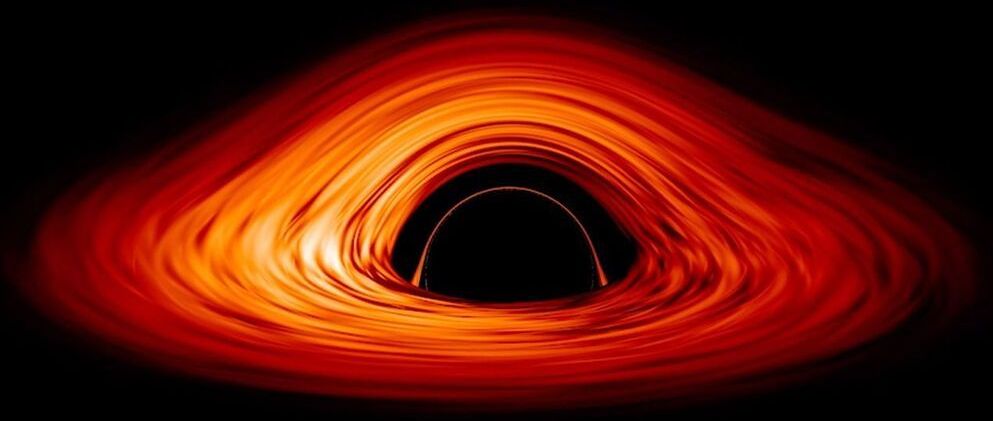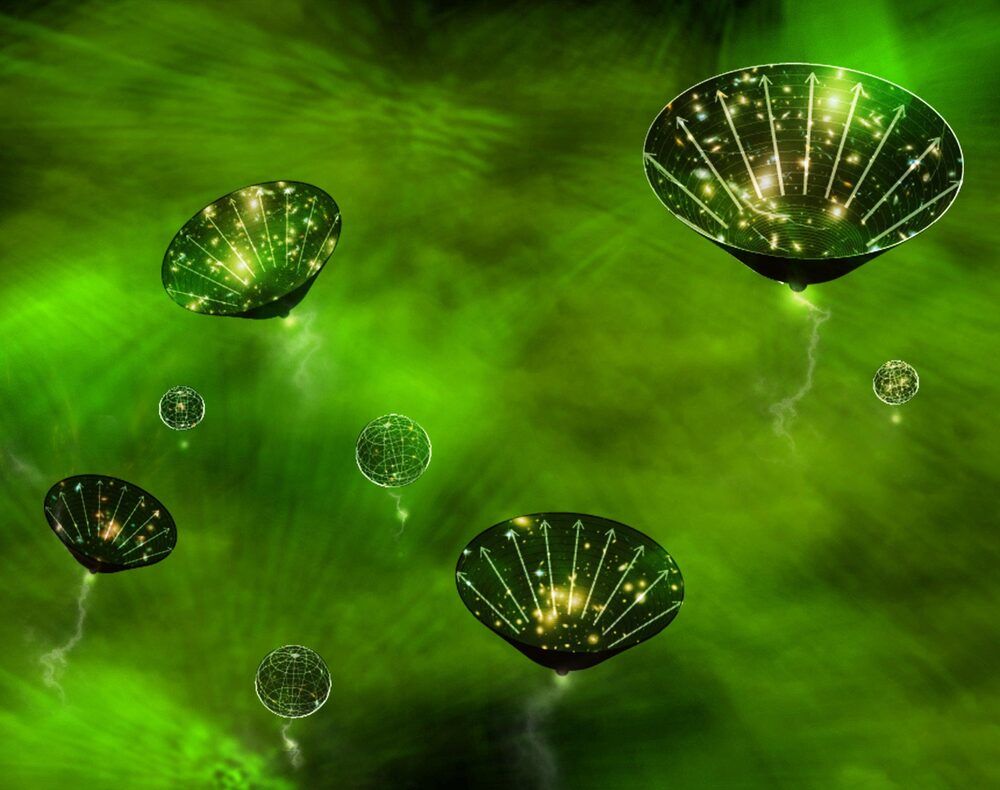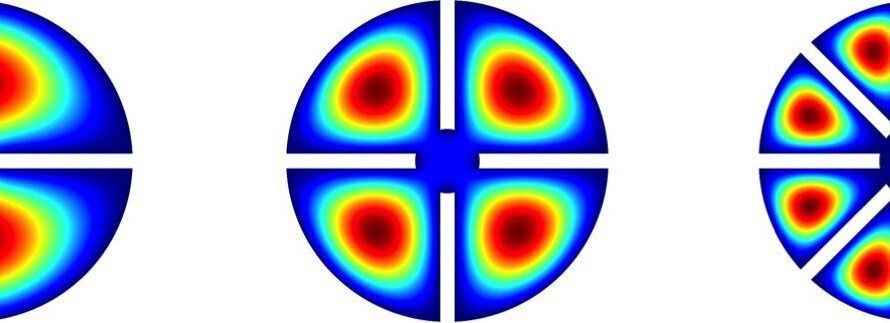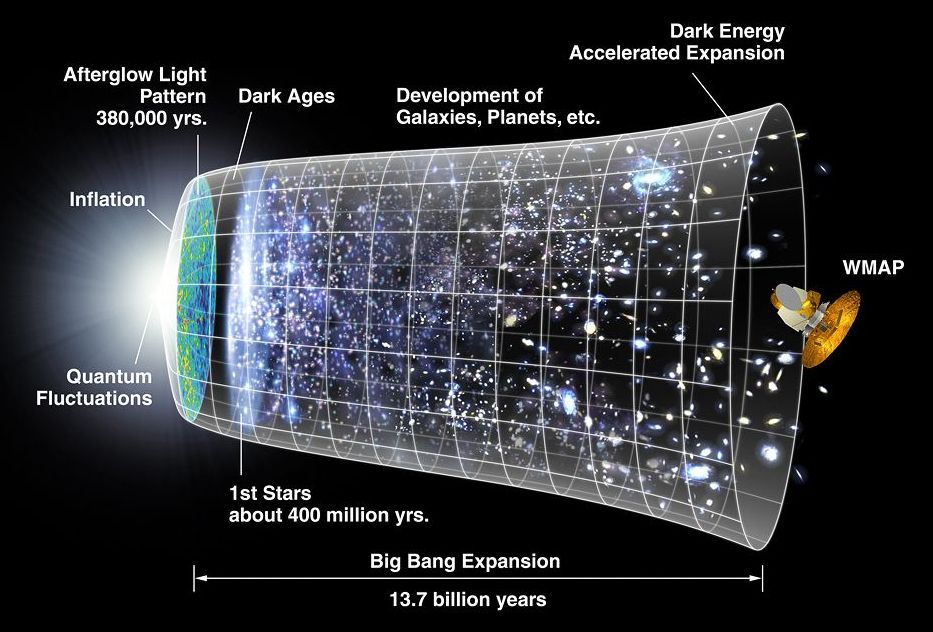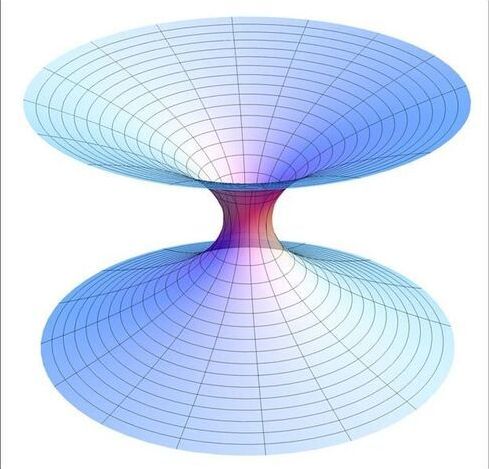Astronomers have made the cosmic distant ladder more accurate, but that has only made the mystery of cosmic expansion even worse.
Measuring the expansion of the universe is hard. For one thing, because the universe is expanding, the scale of your distance measurements affects the scale of the expansion. And since light from distant galaxies takes time to reach us, you can’t measure what the universe is, but rather what it was. Then there is the challenge of the cosmic distance ladder.
The distance ladder stems from the fact that while we have lots of ways to measure cosmic distance, none of them work at all scales. For example, the greatest distances are determined by measuring the apparent brightness of supernovae in distant galaxies. That works great across billions of light-years, but there aren’t enough supernovae in the Milky Way to nearby measure distances. Perhaps the most accurate distance measurement uses parallax, which measures the apparent shift in the position of a star as the Earth orbits the Sun. Parallax is a matter of simple geometry, but it’s only accurate to a couple of thousand light-years.
Because of this, astronomers often measure scale by building one method upon the other. Use parallax for the closest stars, including a type of variable star known as Cepheid variables. Cepheids vary in brightness proportional to their average luminosity, so you can use them to measure distances up to 100 million light-years or so. Supernovae occur all the time within that range, so you can then use supernova measurements to determine distances over billions of light-years. These aren’t the only methods used in the cosmic distance ladder, but each method has a limited range and a limited accuracy.
